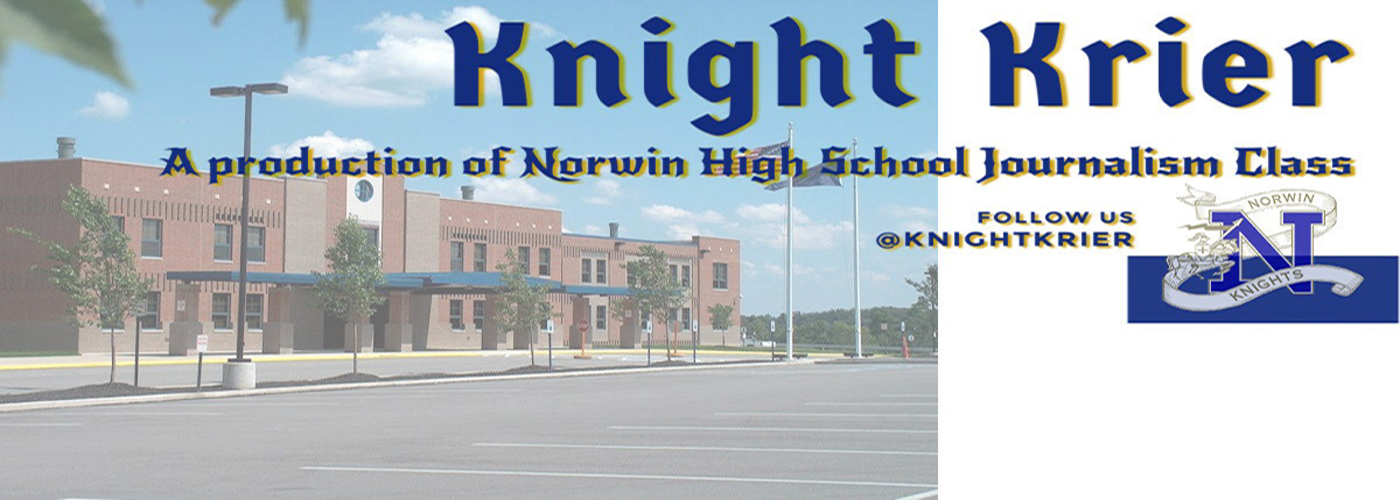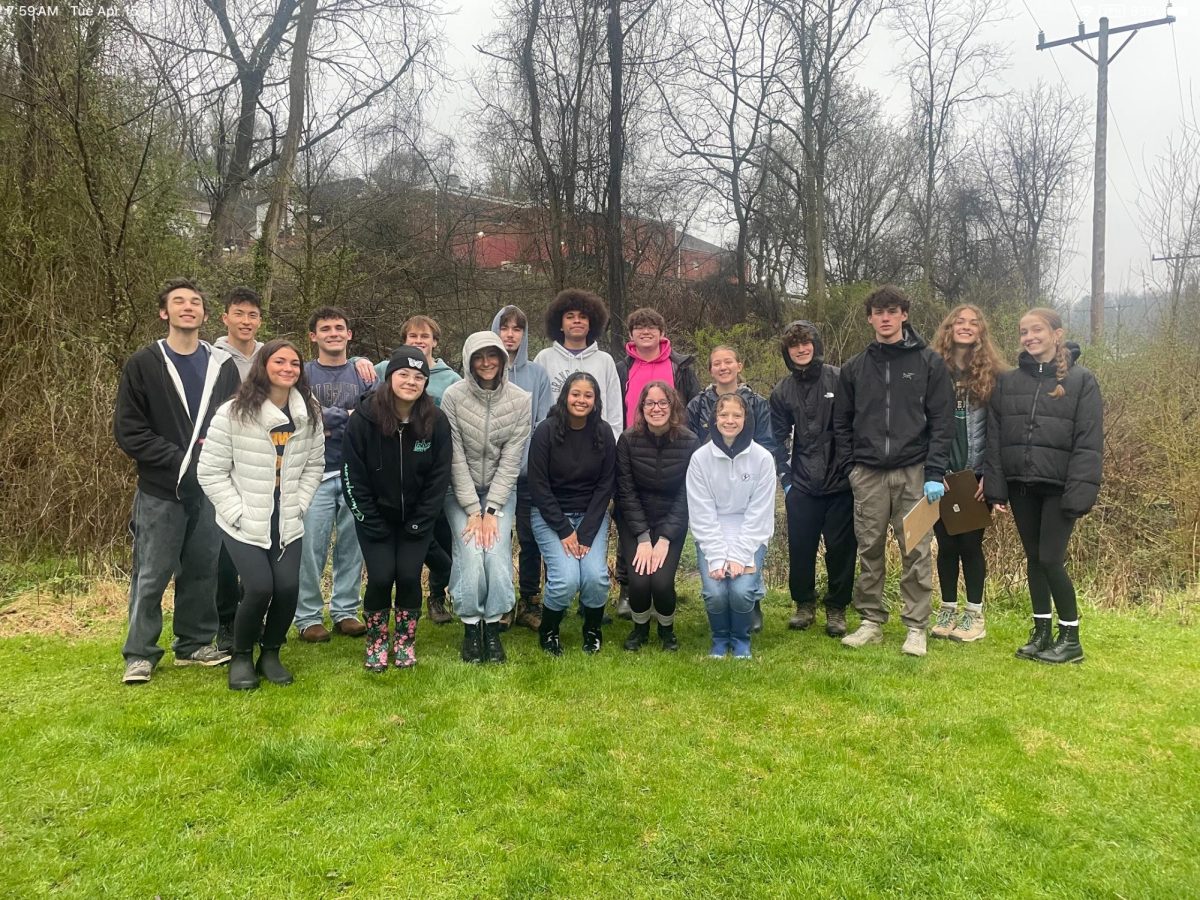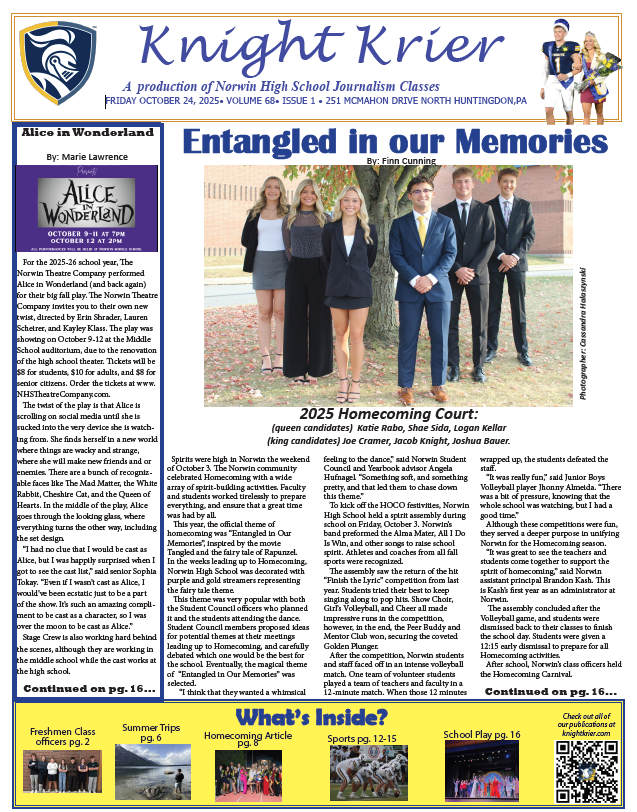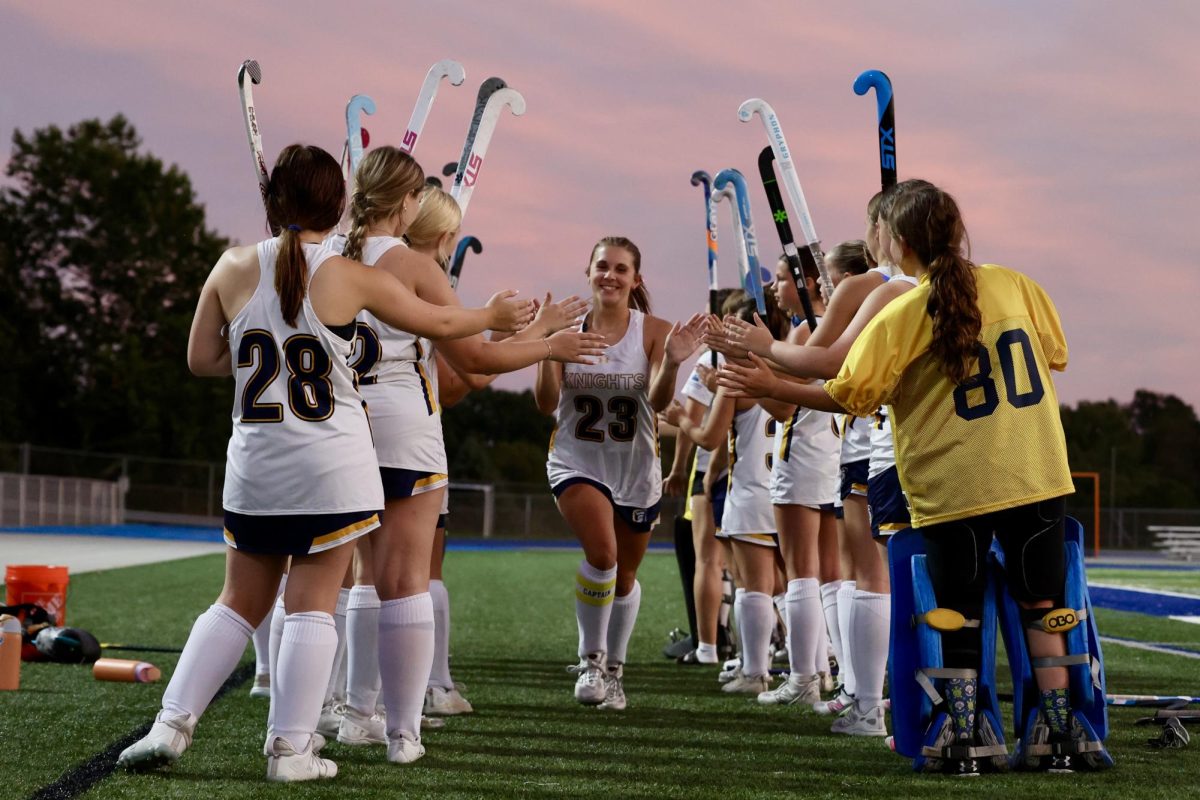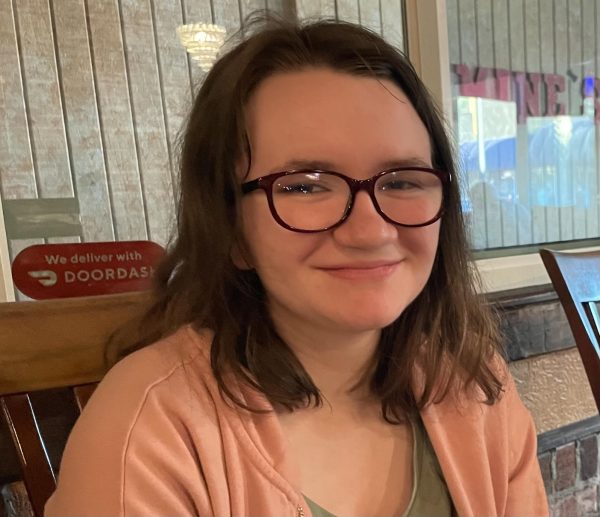On Friday, April 11, Mrs. Muchoney’s AP Environmental Science class went on a field trip to Tinker’s Run to gain experience testing water quality. Water quality testing is a required aspect of the AP curriculum, so some sort of activity involving the testing occurs every year.
Water quality testing involves measuring multiple different aspects of the water: pH, bacteria, nitrates, and more.
“We tested for dissolved oxygen, phosphates, nitrates, pH, turbidity, biological oxygen demand, coliform bacteria, temperature, and we looked for macroinvertebrates as different organisms have different levels of tolerance to water pollution,” said Muchoney.
There are different methods of the water testing depending on the specific factor being assessed. Generally, the water was collected and then chemicals were added to the water to test for the specific aspect of the water.
“After walking down to Tinkers Run, we were split up into groups of two with about nine groups total testing the water quality from across the stream,” said AP Environmental Science student Grace Fleckenstein. “The longest test to perform was the dissolved oxygen test where students had to perform a titration on the water at a nearby pavilion. Generally, after collecting the water for the desired test, the students returned to the pavilion to perform the test with the right chemicals and materials.”
The water testing also involved examining organisms found in the water and classifying them. Finding macroinvertebrates gives an indication of the level of water pollution since those organisms can only survive in water with certain amounts of pollutants. If the water is too polluted, the macroinvertebrates would not be able to live in the water.
“One of the last tests that we performed was attempting to collect small organisms from the stream,” said Fleckenstein. “After all the nine groups collected organisms, we looked at the various organisms and tried to identify them using a chart. We found a bunch of cool macroinvertebrates, like a crane fly larva and a stonefly nymph.”
The testing kits were purchased by the Foundation for Ohio River Education under the stipulation that the class would share with them the data collected during the trip.
“The results for the water quality testing are still unknown because we still need to do the math to see the correct water quality index value,” said Fleckenstein. “However, it is important to note that Mrs. Muchoney (who has been doing this lab with her AP Environmental Science students for years) noted that the water quality of Tinkers Run is typically very high.”
Water quality testing is very important in order to make sure local water sources are safe. Students being able to understand the topic adds value to their education on the subject of environmental science.
“Water quality testing is a very important topic in environmental science because about everyone depends on clean, healthy water to live,” said Fleckenstein. “Many environmentalists have various tests that help to monitor the quality of water, similar to the ones that we performed at Tinkers Run. The water quality index is designed to take into consideration many components of the water: the pH, turbidity, nitrogen/phosphorus presence, dissolved solids, oxygen demand, and bacteria.”
After the day of testing, the students ate pizza that was brought to the park. The water that the students were working with was very cold, so the warm pizza provided a nice contrast to the cold environment.
“My favorite part of the field trip was getting pizza after a long day of testing the water in the cold weather,” said Fleckenstein. “At around noon, a group of students stood by the entrance to Tinkers Run and waited for the pizza to arrive, carrying it back to the pavilion for students to eat.”
Overall, the water testing experience was valuable to the students so that they could better understand the type of work that people in the environmental science field might do as a part of their job.
“Water quality testing is very valuable for my students as it is the same testing that is done at a college and professional level,” said Muchoney. “This is a great real-life application of what we have learned this year.”

